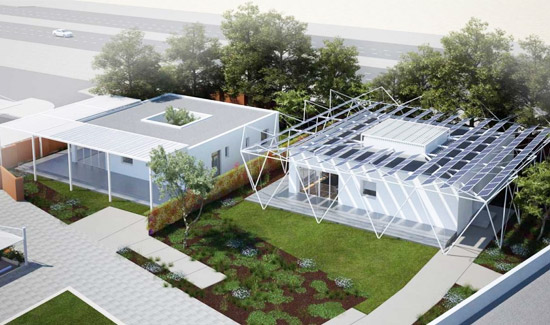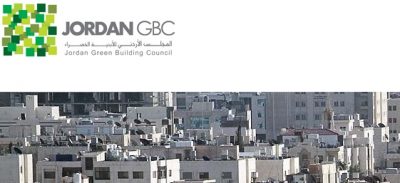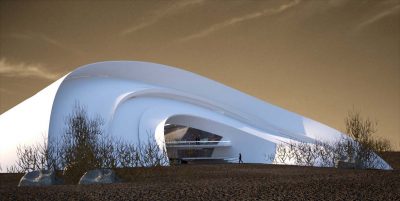 A host of private and government organizations in Qatar have teamed up to build the emirate’s first Passivhaus – one of the world’s most sustainable design certification systems with origins in Germany. Better yet, the solar array that will generate an annual 58,000 kilowatt hours of electricity to power the home will be provided by a homegrown poly silicon plant currently under construction.
A host of private and government organizations in Qatar have teamed up to build the emirate’s first Passivhaus – one of the world’s most sustainable design certification systems with origins in Germany. Better yet, the solar array that will generate an annual 58,000 kilowatt hours of electricity to power the home will be provided by a homegrown poly silicon plant currently under construction.
Qatar Solar Technologies (QSTec), a joint initiative between the Qatar Foundation, Solar World AG and Qatar Development Bank, recently unveiled the first of 136 photovoltaic panels that will fire up the Passivhaus-Baytna luxury villa, which is slated for completion by the end of this year.
The Passivhaus-Baytna experiment initially announced towards the end of 2012 is the first of its kind. QSTec, Barwa (real estate) and a host of other companies and scientific organizations are building two villas side by side.
The first will be a standard luxury home built to a one star standard on the Global Sustainability Assessment System (GSAS), and the second will be a Passivhaus complete with various energy and water conservation design features.
While virtually indistinguishable in terms of comfort level and luxury – this is Qatar after all – the Passivhaus should consume half as much energy and water as the standard home and divert 35 metric tons of carbon dioxide emissions from the atmosphere.
Once construction of the villas is complete, two families with similar energy and water habits and at least one child will occupy the separate homes, which is when the real experiment begins.
Comparisons between the energy and water performance of each household will be monitored over an indeterminate amount of time, ostensibly to determine the exact benefits of sustainable design.
Similar in concept to the Estidama eco villa displayed at the World Future Energy Summit in Abu Dhabi earlier this year, the Passivhaus design, if implemented widely, would result in enormous energy savings for Qatar as it strives to incorporate more solar into its energy mix.
While solar irradiation throughout the Arabian Gulf is high, widespread PV uptake has been stifled by the absence of a local supply chain. Until now, it has been necessary to import technology from abroad. But QSTec is overcoming that barrier by building the first poly silicon production plant in Ras Laffen Industrial City.
With initial plans to produce 8,000 metric tons of poly silicon, the $1.3 billion plant will occupy 1.2 million square kilometers of land.
:: Gulf Times
Image via Design Build Source




how does one get to see this villa??